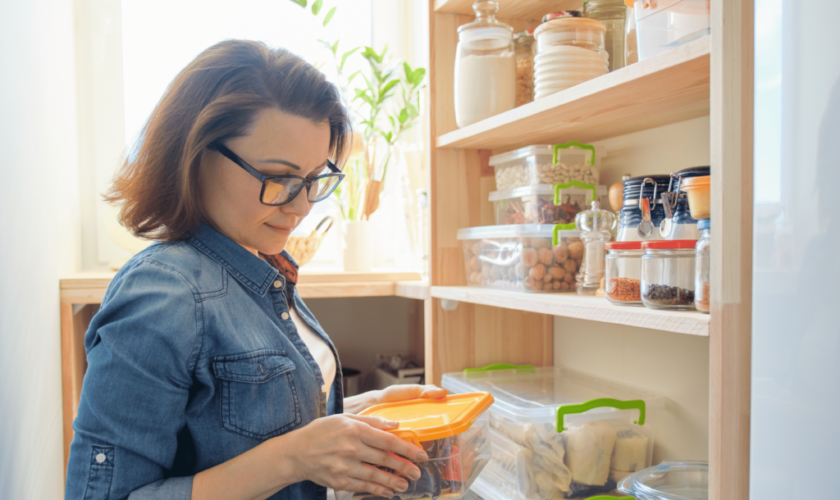Navegando na Filantropia Eco-Consciente
Flavio Maluf, um visionário líder empresarial, está moldando a filantropia global com suas estratégias ecológicas. Sua abordagem inovadora não se limita a doar; ela visa criar mudanças significativas no ambiente global. Vamos explorar como Flavio Maluf está oxigenando a filantropia, introduzindo estratégias ambientais e liderando a busca por um impacto positivo no mundo.
A Visão Ecológica de Flavio Maluf
Flavio Maluf não apenas enxerga a filantropia como uma oportunidade de fazer o bem, mas também como uma plataforma para catalisar mudanças ecológicas. Sua visão eco-consciente visa não apenas corrigir problemas sociais, mas também abordar desafios ambientais globais. Essa abordagem inovadora está criando uma mudança de paradigma na filantropia global.
Estratégias de Filantropia Sustentável
As estratégias de Flavio Maluf para a filantropia global têm sustentabilidade no cerne. Ele busca investir em projetos que não apenas proporcionem benefícios imediatos, mas também contribuam para um futuro ambientalmente equilibrado. Seu compromisso com a sustentabilidade é evidente em cada doação, indo além de resolver problemas temporários para abordar questões sistêmicas.
Plantando Sementes para o Futuro
Ao adotar uma abordagem proativa, Flavio Maluf está plantando sementes para um futuro mais verde. Suas doações incluem iniciativas de reflorestamento, conservação da biodiversidade e projetos que visam a restauração de ecossistemas. Essa visão a longo prazo não apenas beneficia o presente, mas também garante um ambiente mais saudável para as gerações futuras.
Parcerias Ecológicas Estratégicas
Flavio Maluf reconhece que a mudança real requer parcerias estratégicas. Sua abordagem inclui colaborações com organizações ambientais de renome, cientistas e especialistas em sustentabilidade. Ao unir forças com aqueles que compartilham sua visão, ele amplifica o impacto de suas doações e fortalece a capacidade de implementar mudanças ambientais significativas.
Educação Ambiental como Pilar
A filantropia de Flavio Maluf não se limita apenas à doação de recursos; ela também coloca a educação ambiental como um pilar essencial. Ele investe em programas educacionais que buscam conscientizar sobre questões ambientais globais, capacitando as comunidades a adotarem práticas mais sustentáveis. Essa abordagem holística visa criar uma compreensão profunda da interconexão entre ações individuais e o meio ambiente.
Medindo o Impacto Ecológico
Flavio Maluf não apenas faz doações, mas também está comprometido em medir o impacto ecológico de suas ações. Ele utiliza métricas específicas para avaliar como suas doações estão contribuindo para metas ambientais, garantindo que cada iniciativa seja eficaz e alinhada com os objetivos de sustentabilidade.
Reconhecimento Internacional pela Abordagem Ecológica
A abordagem ecológica de Flavio Maluf recebeu reconhecimento internacional. Sua filantropia global, impulsionada por estratégias ecológicas, tem sido destaque em fóruns e conferências ambientais globais. Ele se tornou um defensor reconhecido da filantropia sustentável, inspirando outros líderes empresariais a seguirem seu exemplo.
Promovendo a Mudança Cultural
A filantropia de Flavio Maluf não é apenas uma série de doações; é um movimento cultural em direção a uma abordagem mais ecológica da filantropia global. Ele está desafiando as normas estabelecidas e promovendo uma mudança cultural em que a responsabilidade ambiental é uma prioridade central para todas as doações e projetos filantrópicos.
Conclusão
Flavio Maluf, com suas estratégias ecológicas, está liderando uma revolução na filantropia global. Sua visão não convencional e compromisso com a sustentabilidade estão pavimentando o caminho para um futuro em que a filantropia seja sinônimo de impacto ambiental positivo. Ao oxigenar a mudança, Flavio Maluf está criando um legado duradouro de responsabilidade ambiental e inovação filantrópica.









